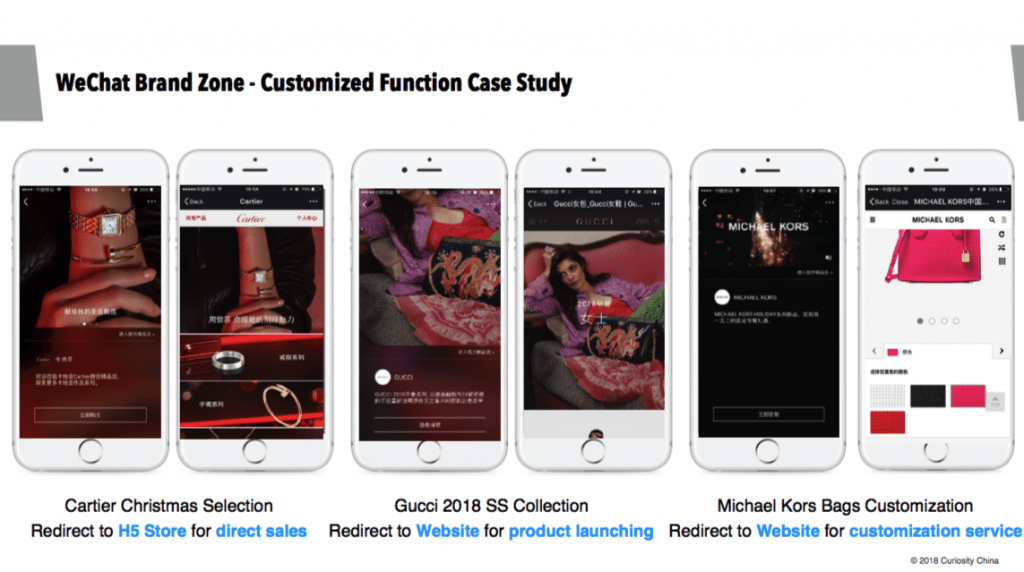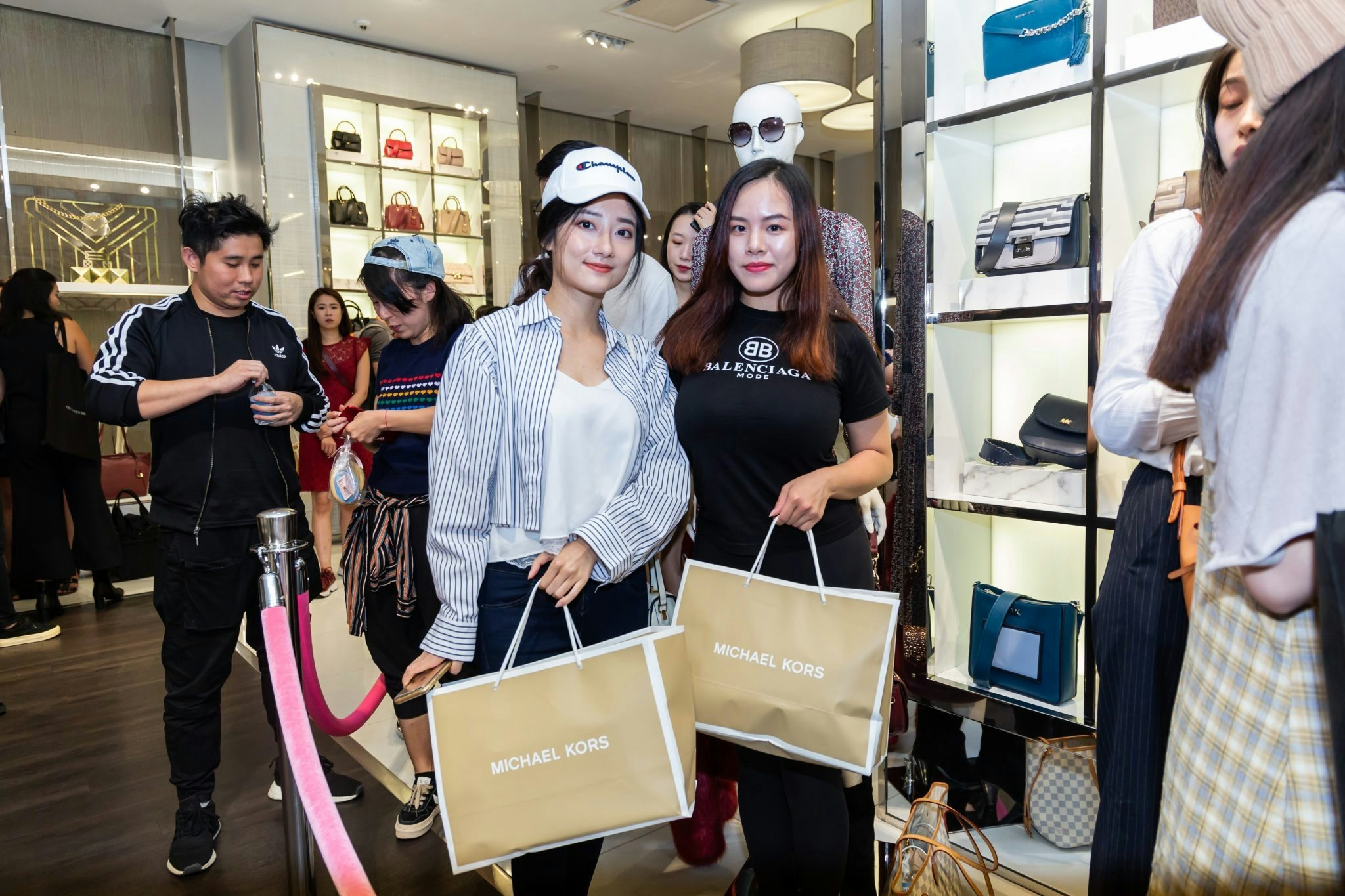In 2018, we have seen Tencent aggressively pushing advertising options on luxury brands on WeChat — nearly 90 percent of companies placing ads on WeChat over the past year marked their business as “luxury,” a trend that's likely to continue in 2019.
As luxury brands continue and update their WeChat strategies in the new year, how can they ensure their advertising budgets are used effectively?
We interviewed several experts to find out.
A dedicated strategy just for WeChat mini-programs#
WeChat’s mini-programs have seen astonishing growth since they were first launched in January 2017. As of the end of January 2018, a total of 580,000 mini-programs — involving 1 million developers, linked to 2,300 third-party platforms, and engaging with over 170 million daily active users — could be found on the app.
This year we have seen luxury brands adopting mini-programs as a common practice, for a wide range of uses including e-commerce, membership programs, event management or clienteling. But brands need to do more than just launch a WeChat mini-program — they need to build a long-term strategy going forward in 2019.
“Brands often forget e-commerce sales are mostly based on the traffic you can generate, which is hardly free,” elaborated Alexis Bonhomme, Curiosity China founder and Farfetch VP Greater China for Commercial. “Brands start to realize mini-programs can be amazing recruitment, and they are enlarging the usage of the mini-program format to all kinds of purposes: it starts with e-commerce (which was the most logical one) to now membership, loyalty.”
As for the e-commerce function, brands will look beyond follower acquisition next year to "sales conversion" with a clear ROI, predicted Bonhomme. He added, “In the same way the KOL industry is evolving to a transactional model, we do see the emergence of WeChat as a social commerce platform, leveraging followers’ networks/sharing functions, driving to sales conversion.”
WeChat search poses monetization opportunities#
WeChat has an edge in search, as the social feature has enabled it to be like searching on Facebook, adding the word-of-mouth effect that search giant Baidu can’t match. As more users make it a habit of searching on WeChat, there are opportunities for brands to monetize the WeChat search results before it gets crowded, as multiple experts pointed out.
One of the spaces brands can get on is the WeChat brand zone feature, which was launched in January 2018. It’s a spot reserved at the top of the WeChat search page where consumers can directly access official brands and their entities in the ecosystem, such as official accounts, mini-programs, or a store locator.

Clement Ledormeur, general manager of WeChat agency 31Ten observed that too few brands have implemented the brand zone properly. Search is the first source of follower acquisition for premium brands, representing over a third of new follower onboarding.
Later in July, Tencent allowed users to shop directly on JD.com through the WeChat search function, a milestone for WeChat to monetize on the search function, as well as a natural step for brands to add e-commerce.
We expect more brands in 2019 will optimize WeChat search to optimize their branding, as well as make their products to stand out.
WeChat connects to global travelers#
Wherever consumers travel, they are always on WeChat. That translates into advertising opportunities for brands. “It’s not enough to just understand a luxury shopper’s habits in Shanghai,” said Jeff Fish, co-founder of WeChat agency TMG Worldwide. “Brands now want to connect their customers' experiences in their stores globally and across all channels tying all data back to the WeChat strategy.”

According to Jenny Chen, co-founder of WalktheChat, WeChat has since improved its advertising targeting range in 2018, which enabled the capability to target Chinese residents overseas, allowing brands to enter a specified target tag now (instead of the 122 standard categories previously offered).
In 2019, we predict more brands will leverage these changes and take advantage of accurate targeting for ads.
However, much of the issue remains that WeChat is a stand-alone tool that is only monitored and mastered by the local Chinese team at brands. This is slowly changing as big companies put more emphasis on China and seek a greater understanding of local consumers. This has empowered some technical changes – Fish told us that more brands have also expanded their WeChat integration into enterprise SaaS (systems as a service), like Salesforce integrations across multiple platforms in China, to enable a global view of the Chinese consumers.


